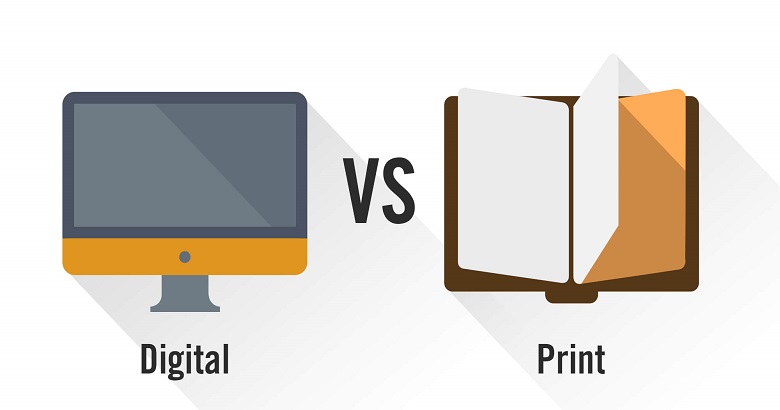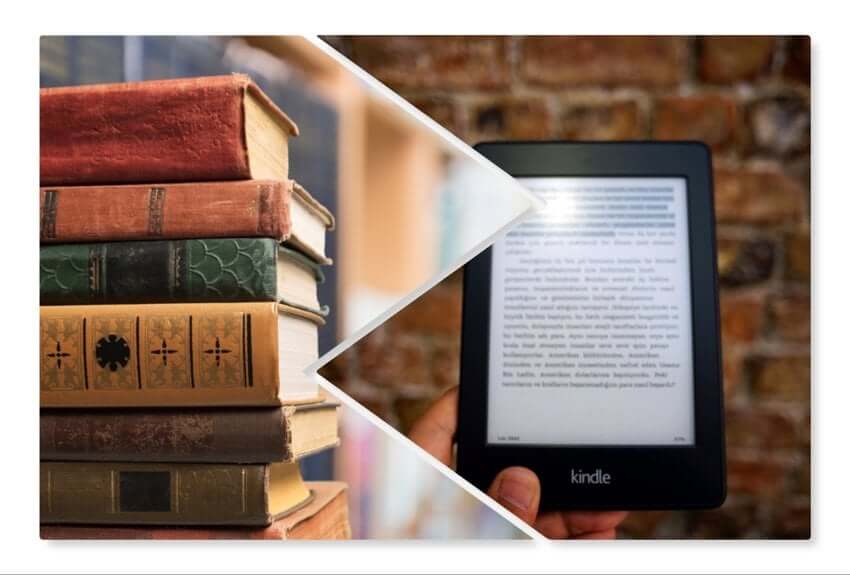In the world of book creation, there’s often confusion between printing and publishing. Many aspiring authors and content creators ask, “Can I print a book without publishing?” The short answer is yes, you can print a book without going through the traditional publishing process. This blog post will delve into the nuances of printing versus publishing, explore the reasons you might want to print a book without publishing it and provide a step-by-step guide on how to do it.
Understanding the Difference: Printing vs. Publishing

Before we dive into the intricacies of printing a book without publishing it, we must understand the difference between these two concepts.
1. Printing a Book
Printing a book refers to the physical production of the book. This involves:
- Design and Layout: Preparing the manuscript for print, including formatting the text, designing the cover, and selecting the paper type.
- Printing Process: Using a printing service to produce physical copies of the book.
- Binding: Assembling the printed pages into a finished book, whether it’s paperback or hardcover.
Printing can be done through various methods, including offset printing, digital printing, and print-on-demand services.
2. Publishing a Book
Publishing a book encompasses a broader scope. It involves:
- Editing and Proofreading: Refining the manuscript to ensure it is polished and free of errors.
- Design and Layout: Similar to printing, but with added emphasis on market appeal and branding.
- Marketing and Promotion: Creating strategies to promote the book and attract readers.
- Distribution: Making the book available to the public through bookstores, online retailers, libraries, and other channels.
Publishing can be done traditionally (through a publishing house) or independently (self-publishing).
Why Print a Book Without Publishing?
There are several reasons why you might want to print a book without going through the full publishing process:
Personal Use
You might want to print a book for personal use, such as a family history, a collection of personal writings, or a photo album. These books are often not intended for public distribution but serve as cherished keepsakes.
Prototypes and Proofs
Authors and creators often print prototypes or proof copies to review the physical product before committing to a larger print run or publishing. This allows for final adjustments to be made to the design and layout.
Limited Distribution
You may want to print a book for a specific, limited audience, such as a corporate training manual, an educational guide for a course, or a gift for a special event. These books are typically not for sale to the general public.
Author Copies
Many authors print copies of their books to distribute to beta readers and reviewers or for personal use before the official publication. This can help generate feedback and build anticipation for the eventual release.
How to Print a Book Without Publishing: A Step-by-Step Guide

Printing a book without publishing can be a straightforward process if you follow these steps:
Prepare Your Manuscript
The first step is to prepare your manuscript for printing. This involves:
- Editing and Proofreading: Even if you’re not publishing, it’s crucial to ensure your manuscript is free of errors. Consider hiring a professional editor or proofreader.
- Formatting: Format your manuscript according to the specifications required by the printing service you plan to use. This includes setting margins, font size, and line spacing.
Design Your Book
Designing your book involves creating both the interior layout and the cover.
- Interior Layout: Use software like Adobe InDesign, Microsoft Word, or free tools like Canva to lay out your text and images. Ensure consistency in fonts, headings, and page numbers.
- Cover Design: Design a cover that reflects the content and purpose of your book. You can hire a professional designer or use design tools to create a cover yourself.
Choose a Printing Method
There are several printing methods to choose from, each with its advantages and disadvantages:
- Offset Printing: Best for large print runs, offering high quality and lower cost per unit at scale.
- Digital Printing: Ideal for small to medium print runs, providing flexibility and quick turnaround times.
- Print-on-Demand (POD): Allows you to print books as needed, reducing upfront costs and inventory management. Services like Amazon KDP, IngramSpark, and Blurb offer POD options.
Select a Printing Service
Once you’ve decided on a printing method, choose a printing service that meets your needs. Some popular options include:
- Amazon KDP: Offers both digital and print-on-demand services, allowing you to print copies as needed.
- IngramSpark: Provides a wide range of printing options and global distribution if you decide to publish later.
- Blurb: Specializes in high-quality photo books, art books, and more, with print-on-demand capabilities.
- Local Print Shops: Local print shops can offer personalized service and quick turnaround times for smaller projects.
Upload Your Files and Order Copies
After choosing a printing service, you’ll need to upload your formatted manuscript and cover design. Follow the service’s guidelines for file formats and specifications. Once your files are uploaded, you can order copies of your book.
Review Proof Copies
Before committing to a full print run, order a proof copy to review the physical book. Check for any errors or adjustments needed in the design, layout, or print quality. Make necessary changes and order additional proofs if required.
Benefits of Printing Without Publishing
Printing a book without publishing can offer several benefits:
Control and Flexibility
You have complete control over the design, layout, and printing process. This allows you to create a book that meets your specific needs and preferences without the constraints of traditional publishing.
Cost-effective for Small Runs
For small print runs, especially for personal use or limited distribution, printing without publishing can be more cost-effective than committing to a full-scale publishing process.
Quick Turnaround
Printing without the additional marketing, distribution, and promotion steps can result in a quicker turnaround time, allowing you to get physical copies of your book faster.
Privacy and Exclusivity
If your book is intended for a private audience, printing without publishing ensures that your content remains exclusive and is unavailable to the general public.
Conclusion
Printing a book without publishing is possible and can be a practical and rewarding option for many authors and creators. Whether you’re printing for personal use, creating prototypes, or distributing to a limited audience, the process is straightforward and offers numerous benefits.
By understanding the differences between printing and publishing and following the steps outlined in this guide, you can successfully print your book to meet your specific needs and goals. Whether you eventually decide to publish or keep your book private, the satisfaction of holding a physical copy of your work is a unique and fulfilling experience.
Frequently Asked Question
1. Can I print a single copy of my book?
Yes, you can print a single copy of your book. Print-on-demand services like Amazon KDP, IngramSpark, and Blurb allow you to print as few or as many copies as you need. This is ideal for personal use, proof copies, or limited distribution.
2. Do I need an ISBN to print my book?
No, an ISBN (International Standard Book Number) is not required to print a book for personal use or limited distribution. ISBNs are typically needed for books that will be sold commercially or made available in libraries and bookstores. If you decide to publish your book later, you can obtain an ISBN at that time.
3. What are the best tools for formatting my manuscript?
Several tools can help you format your manuscript for printing. Popular options include Adobe InDesign for professional layouts, Microsoft Word for straightforward formatting, and free tools like Canva for both interior and cover designs. Each tool offers different features, so choose one that best fits your needs and skill level.
4. How much does it cost to print a book without publishing?
The cost of printing a book without publishing varies depending on factors such as the printing method, number of copies, paper quality, and binding type. Print-on-demand services typically charge per copy, with prices ranging from a few dollars for a simple paperback to higher costs for specialized formats or hardcover editions. Digital printing and offset printing costs may vary, especially for larger print runs.
5. Can I make changes to my book after printing a proof copy?
Yes, one of the main benefits of printing a proof copy is the ability to review and make changes before committing to a larger print run. If you notice any errors or want to adjust the design, you can revise your manuscript and cover files and order another proof copy. This ensures your final printed book meets your expectations.



